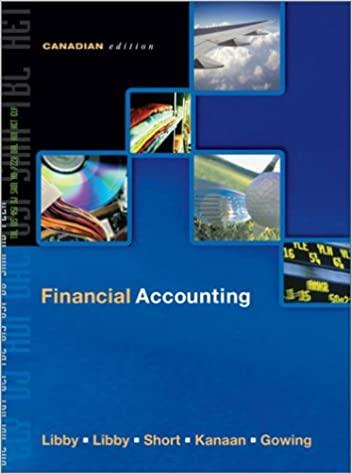The following are several account balances (in millions of dollars) from a recent annual report of Federal
Question:
The following are several account balances (in millions of dollars) from a recent annual report of Federal Express Corporation, followed by several typical transactions. The business is described in the annual report as follows:
Assume that the following account balances are on June 30, 2003:
These accounts are not necessarily in good order and have normal debit or credit balances. The following transactions (in millions of dollars) occurred the next year ending June 30, 2004:
a. Provided delivery service to customers, receiving $7,200 in accounts receivable and S600 in cash.
b. Purchased new equipment costing $816; signed a long-term note.
c. Paid $744 cash to rent equipment and aircraft, with $648 for rental this month and the rest for rent next month.
d. Spent $396 cash to maintain and repair facilities and equipment during the month.
e. Collected $6,524 from customers on account.
/. Borrowed $900 by signing a long-term note.
g. Issued additional stock for $240.
h. Paid employees $3,804 during the month.
i. Purchased for cash and used $492 in fuel for the aircraft and equipment.
j. Paid $384 on accounts payable.
k. Ordered $72 in spare parts and supplies.
Required: 1. Prepare T-accounts for June 30, 2003, from the preceding list; enter the respective balances. You will need additional T-accounts for income statement accounts; enter $0 balances. 2. For each transaction, record the effects in the T-accounts. Label each using the letter of the transaction.
Compute ending balances. 3. Prepare an unadjusted income statement, unadjusted statement of retained earnings, unadjusted balance sheet, and statement of cash flows in good form. 4. Based on the unadjusted amounts, compute the company's total asset turnover ratio. What does it suggest to you about Federal Express?
Step by Step Answer:






